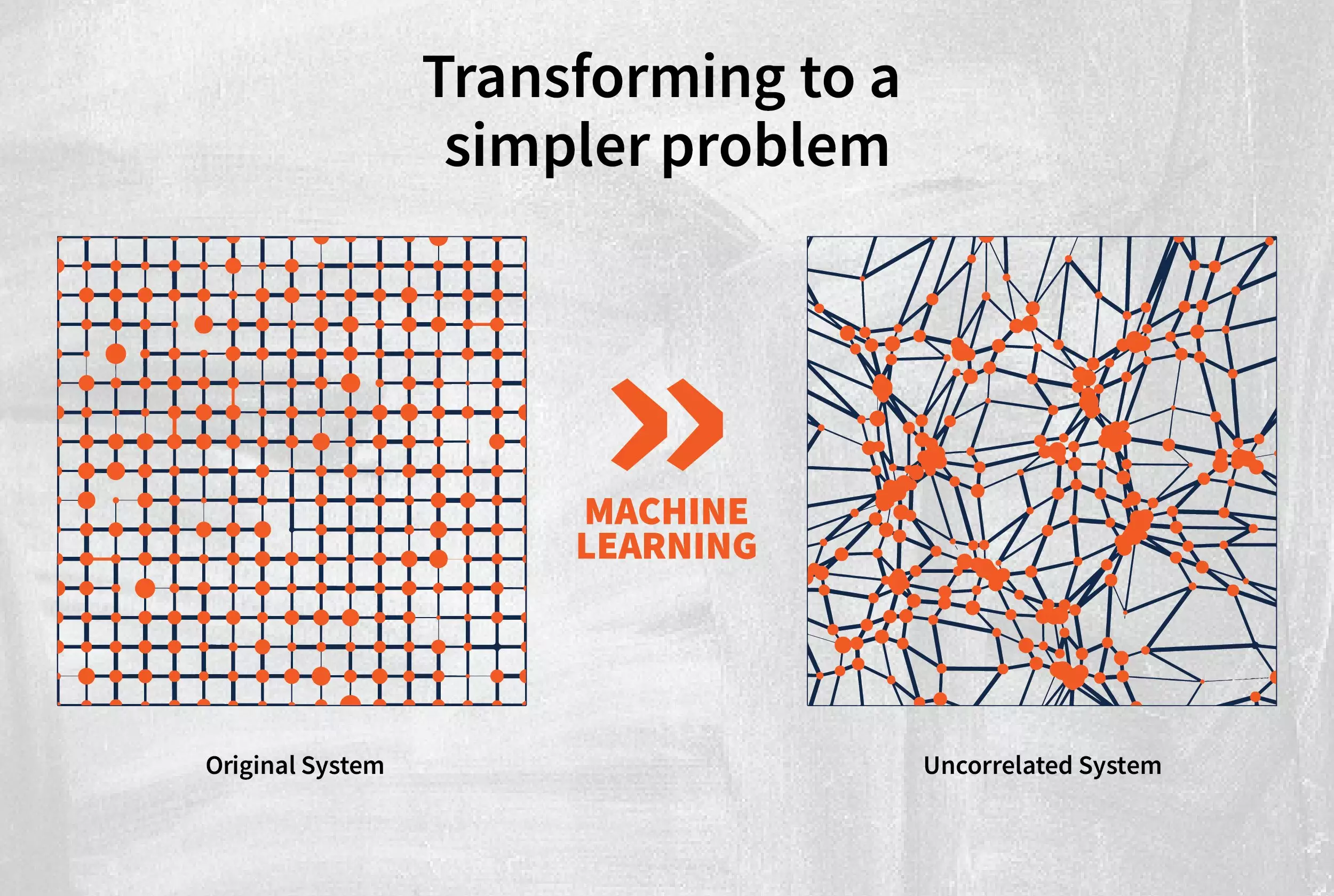The traditional method of calculating diffusion in multicomponent alloys has now been revolutionized by researchers at the University of Illinois Urbana-Champaign. By introducing the concept of “kinosons” as individual contributions to the diffusion process, the team led by materials science & engineering professor Dallas Trinkle has achieved groundbreaking results.
The Significance of Multicomponent Alloys
Multicomponent alloys, comprised of elements like manganese, cobalt, chromium, iron, and nickel, play a crucial role in the development of materials with unique properties. Understanding how atoms diffuse within these alloys is essential for enhancing mechanical behavior and stability at high temperatures. By modeling diffusion in such complex materials, researchers aim to unveil the underlying mechanisms governing atomic movement.
One of the primary challenges in studying diffusion lies in the necessity of observing long timescales to capture the random movements of atoms accurately. Conventional simulation methods require extended periods to obtain a comprehensive view of diffusion, limiting the efficiency and accuracy of the calculations. This hindrance has prompted the development of alternative approaches that can expedite the modeling process without sacrificing precision.
The Concept of Kinosons
The introduction of kinosons as discrete jumps made by atoms has transformed the way diffusion is conceptualized and calculated. These individual movements, devoid of correlations, contribute collectively to the overall diffusivity of the material. By leveraging machine learning to analyze the statistical distribution of kinosons, researchers can efficiently estimate diffusion rates and track the movement of different elements within the alloy.
Modeling diffusion using kinosons offers a significant advantage over traditional trajectory-based simulations in terms of speed and accuracy. The ability to extract the probability distribution of kinosons enables researchers to streamline the calculation process and obtain results up to 100 times faster than conventional methods. This innovative approach not only accelerates diffusion calculations but also provides insights into the behavior of individual atoms in multicomponent alloys.
A Paradigm Shift in Diffusion Modeling
The utilization of kinosons and machine learning in diffusion modeling represents a paradigm shift in the field of materials science. By redefining the problem of diffusion as a sum of individual jumps, researchers like Dallas Trinkle are paving the way for a new standard in studying atomic movement. The efficiency and accuracy offered by this method have the potential to revolutionize how diffusion is understood and analyzed in the coming years.
The pioneering work of researchers at the University of Illinois Urbana-Champaign has opened up new possibilities for studying diffusion in multicomponent alloys. By leveraging the concept of kinosons and machine learning, the team has demonstrated a more efficient and insightful approach to modeling atomic movement. As we look towards the future, it is evident that this innovative method will shape the way researchers tackle diffusion-related challenges, leading to significant advancements in materials science and engineering.


Leave a Reply